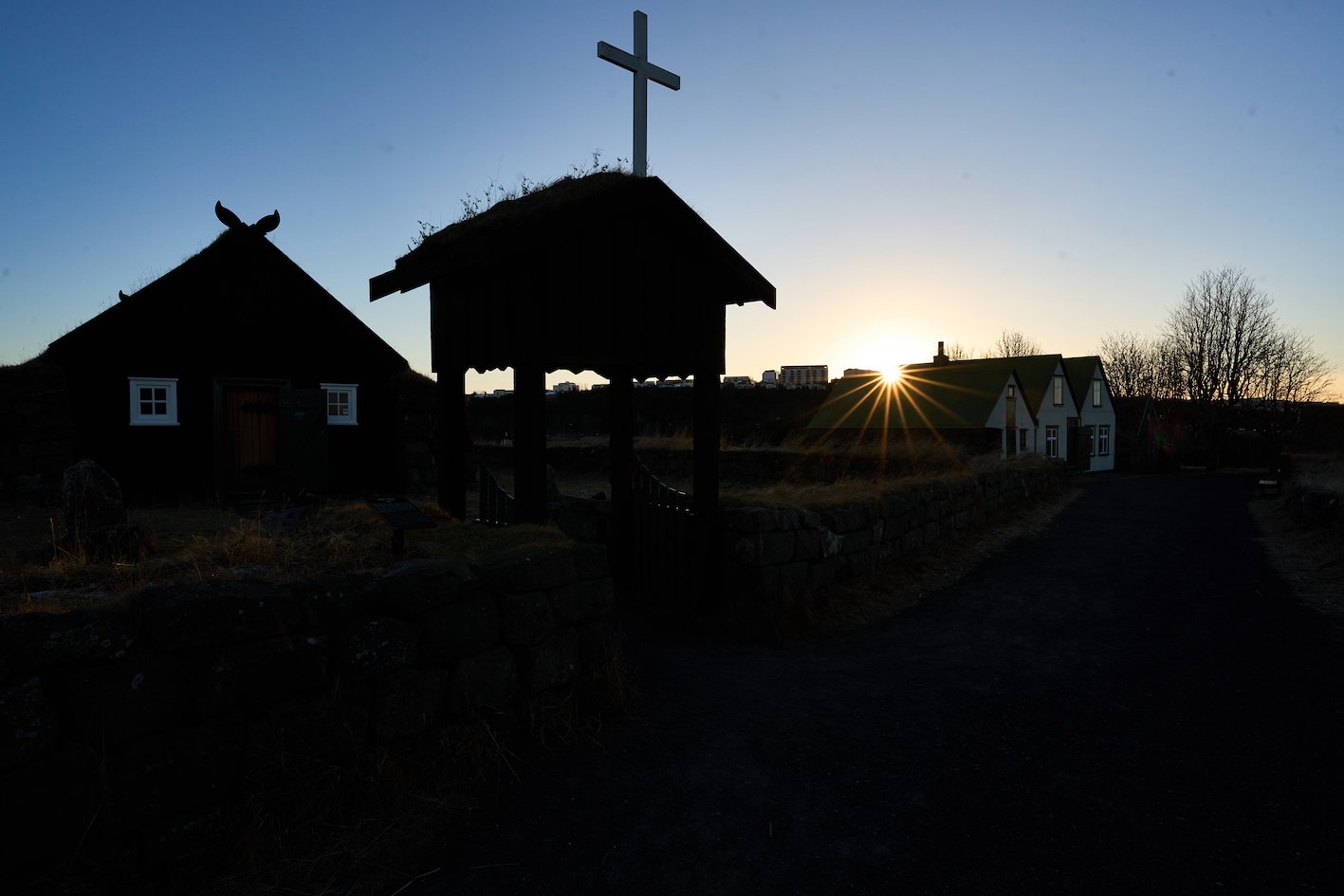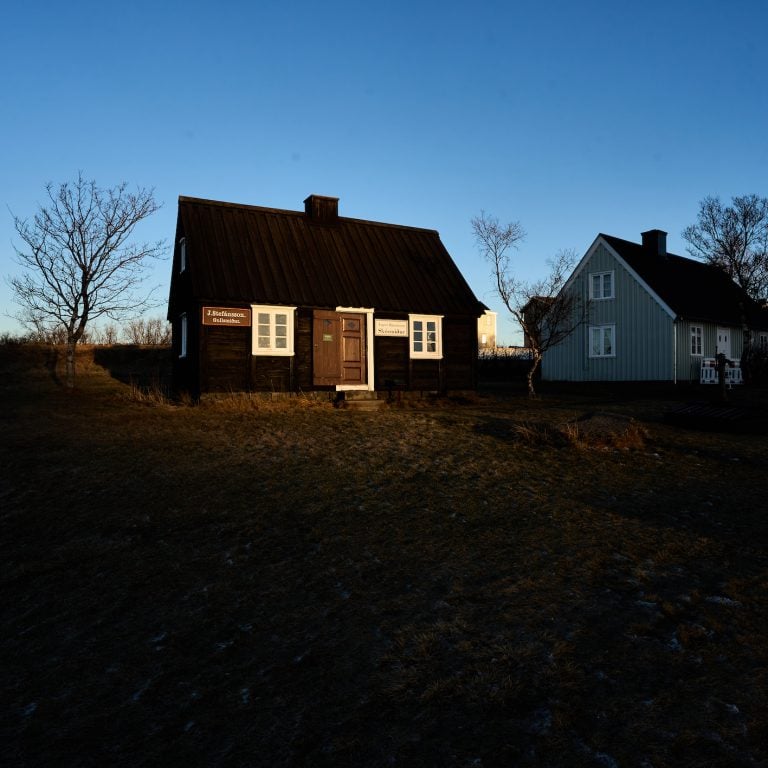In the Saga Period, about 60,000 people lived in Iceland, around 10% of the Nordic countries’ population. However, the percentage has decreased significantly, and we don’t even make up one and a half per cent of the population. The first census in Iceland was taken in 1703, which showed that there were 50,358 inhabitants. By 1723, the population had decreased to almost 44,000 due to the Famine of the Mists that struck the country in the second half of the eighteenth century. In 1823, the population increased by just 4,000 people. After a century, in 1923, the number of Icelanders had risen to 96,000, and three years later, the nation reached 100,000 inhabitants. The population continued to grow; in 1968, it reached 200,000, and in 2007, it exceeded 300,000. The country has almost 400,000 inhabitants, and it is expected to increase even more in the next fifty years. Icelandic Times/Land & Saga visited the Árbær Open Air Museum to add an old-world vibe to this article.




Photographs & text: Páll Stefánsson
Reykjavík 09/12/2023 – A7R IV : FE 1.8/20mm G


